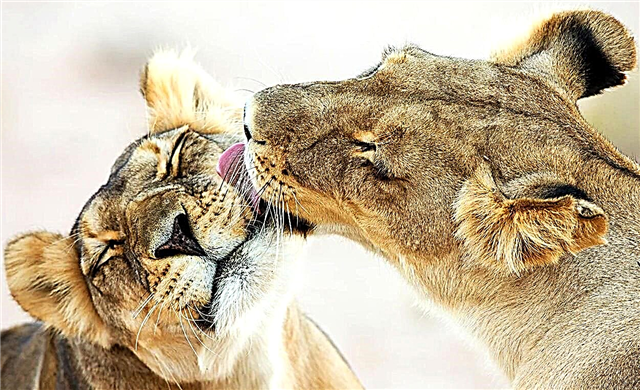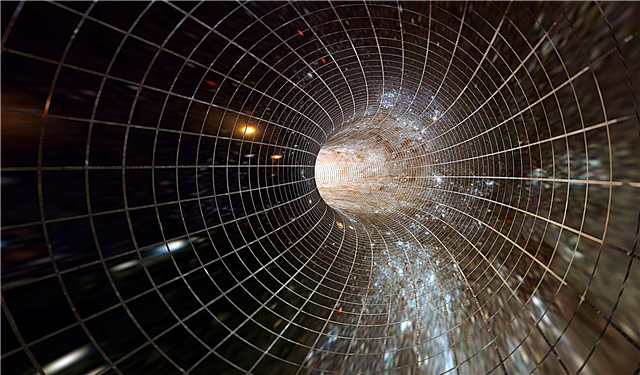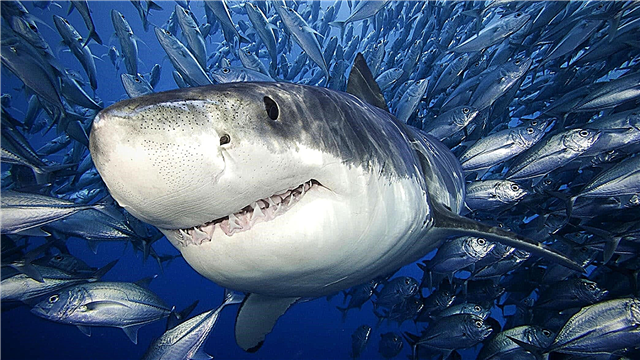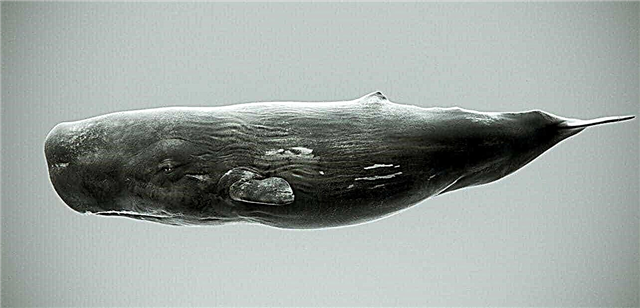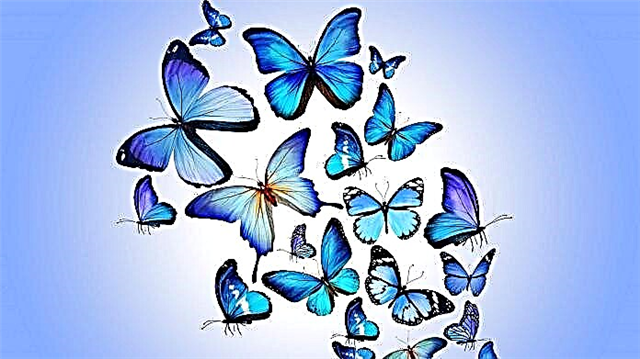
Butterflies are some of the most beautiful creatures. But what do we know about them?
Butterfly pollen
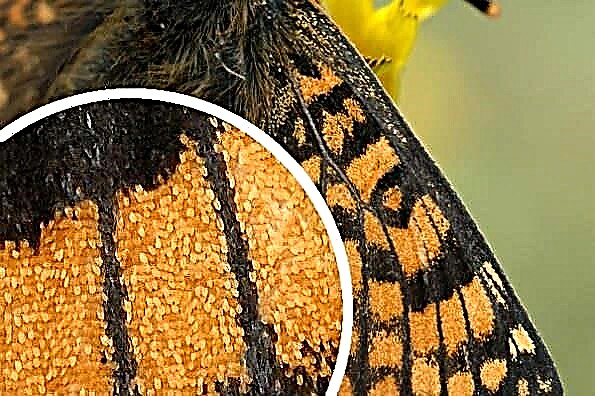
The pollen on the wings of butterflies has nothing to do with the pollen of plants, from the flowers of which, many believe, butterflies collect their bright colors. These are small scales that cover the entire body and wings of an insect. It was they who gave the scientific name to butterflies - Lepidoptera, one of the largest orders in the class of insects.
The scales are derivatives of hairs, which consist of a transparent chitinous shell with a cavity inside, have a flat, often very diverse, shape and are pressed to the wing surface, lying on top of each other like tiles.
Wing coloring
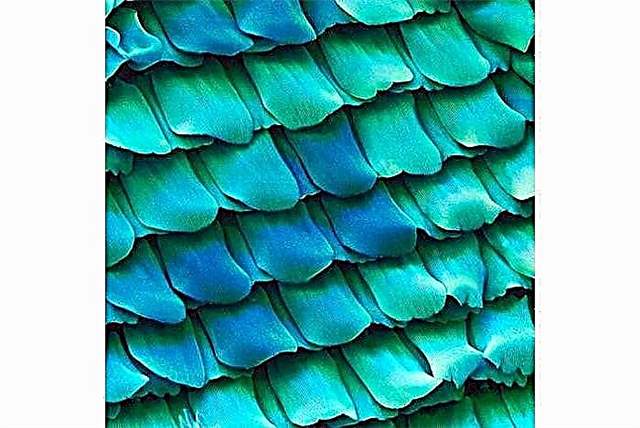
In the cavity is a pigment that gives color to the whole flake. A set of scales with the same or different pigments makes up a bright, often very complex and contrasting, wing pattern. The coloring of the wings can be created not only due to pigments. In many of our day butterflies, as well as in the brightest representatives of the tropics, it arises due to the interference of light waves. On the surface of the flake are very small ribs, which at a certain angle of incidence reflect light with a certain wavelength.
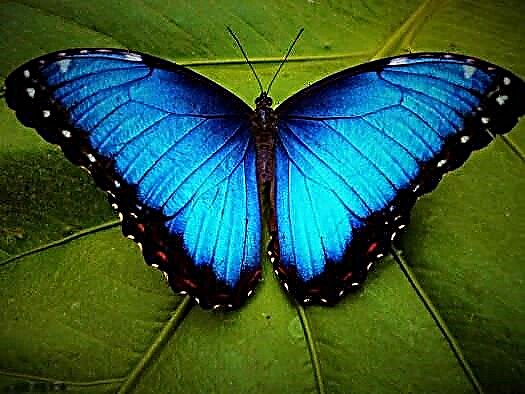
This creates the iridescent, shiny blue, blue, orange or silver color of our lycaenidae, mother of pearl, as well as the majestic South American morpho (Morpho) and ornithopter (Ornithoptera) from Southeast Asia. Scales not only add color. In males, in some cavities, instead of pigment, iron is secreted by pheromones. Such scales are called androconies: it is thanks to them that males of ordinary turnip whites smell like lemon or reseda.
Attention and disguise
The bright coloring of the wings helps the butterflies to see each other from afar, facilitates the meeting of males and females, shows rivals that the territory is occupied. But at the same time, it attracts predators. Therefore, in many species, only the upper side of the wings is bright, and the lower one imitates the coloring of the soil, tree bark, dry leaves or other inedible objects.
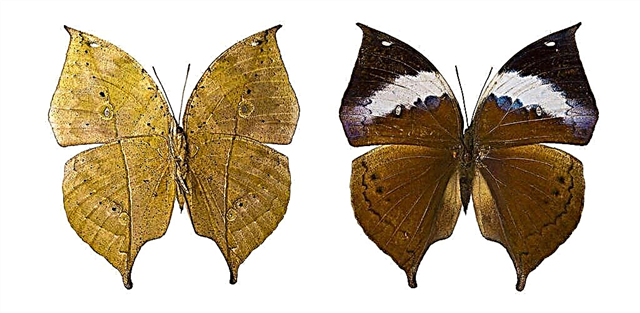
Indian callim (Kallima) has achieved particular success in this kind of camouflage, in which the underside resembles a dry leaf not only in color but also in shape - a special outgrowth in the lower part of the wing even imitates the petiole of the leaf.
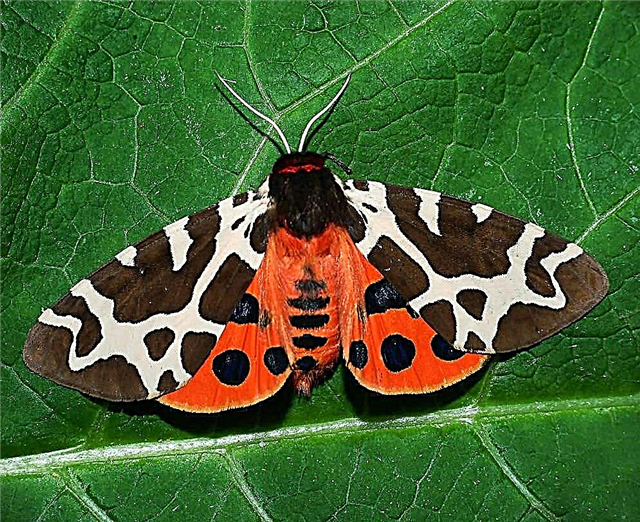
Butterflies that are poisonous and taste or smell unpleasant for predators are not masked. Such, for example, are our bears (Arctiidae) and South American heliconiuses (Heliconidae). Their pattern on both the upper and lower sides is a contrasting combination of red, black and yellow stripes and spots. Predators quickly remember for a long time the unpleasant sensations delivered by poisonous prey.
Imitation
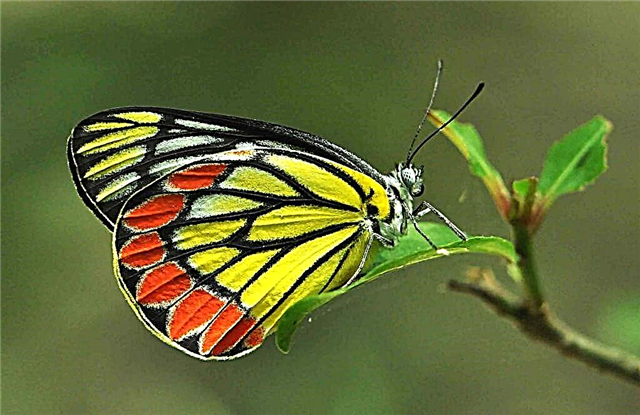
Some species, being absolutely edible for numerous hunters, imitate poisonous coloring. For example, the same heliconiuses almost completely copy some species of whites (Pieridae). Others, such as glassware (Sessiidae), replicate equally well protected wasps. For example, poplar glass-cases are very similar to hornets in size, color, body shape and even the way of folding wings, which, like all glass-cases, for which they got their name, are transparent. A group of species of small hawks with transparent wings, like those in glass cases, is called bumblebees, because these butterflies copy bumblebees by coloring.
Oral apparatus
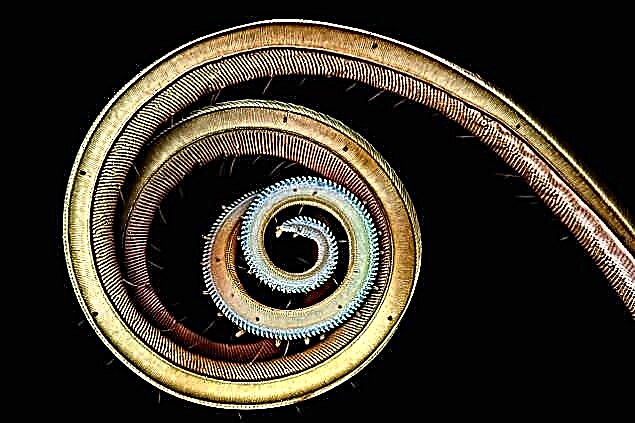
In addition to coloring, butterflies have many other wonderful features. One of them is the oral apparatus, which is called sucking and is a proboscis, consisting of two modified, strongly elongated lower jaws, capable of twisting into a spiral like a clock spring.With the help of this “spring”, butterflies can only eat liquid foods: flower nectar, tree sap, and sugary secretions of aphids.
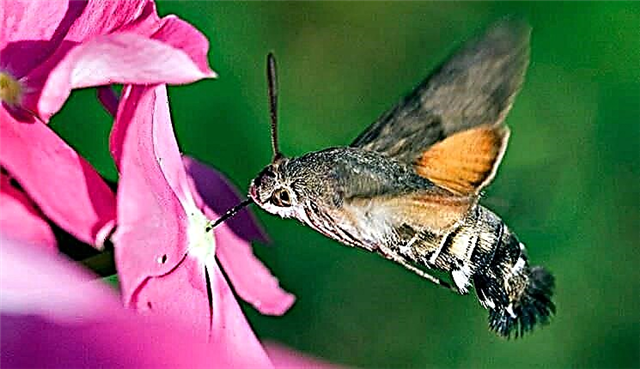
The length of the proboscis depends on the flowers of which plants the butterflies visit. The longest proboscis of the brazhniki (Sphingidae) is large moths with a thick body and long narrow wings. They are the best flyers among fellow tribesmen, able to hang motionlessly, like hummingbirds, over flowers and get nectar without sitting down on them.
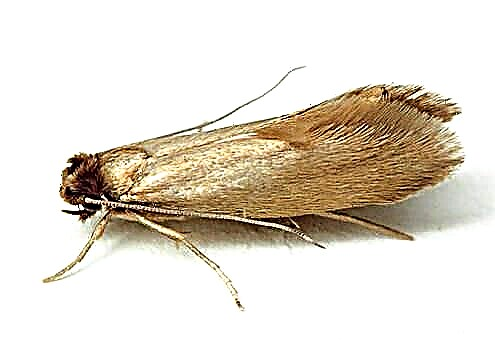
There are types of butterflies in which the oral apparatus is generally underdeveloped, and they do not feed in adulthood. Such species use the reserves of nutrients accumulated by the caterpillar for a short life. Such, for example, is the well-known clothes moth that lives in almost every house. It is the larva of the moth that damages woolen products, while the butterfly does not feed. By the way, only a few animals, including the caterpillar of a moth, are able to digest and absorb wool as a feed substance.
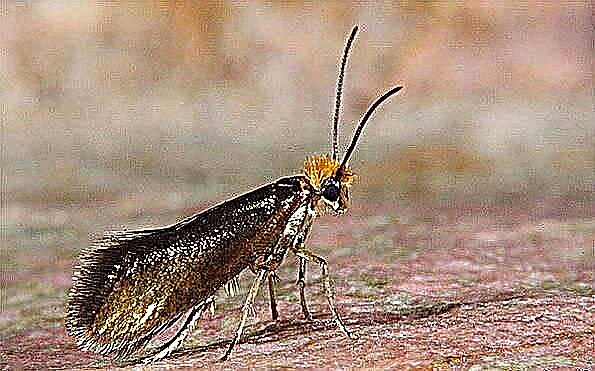
Another group of small butterflies, which is also called - toothed moths - has a gnawing mouth apparatus, inherited from their ancestors, and eats not liquid, but solid food - pollen from plants. No less peculiar are the senses of butterflies. For example, only diurnal butterflies, characterized by a bright color, are able to distinguish between red, inaccessible to other insects.
The senses of butterflies
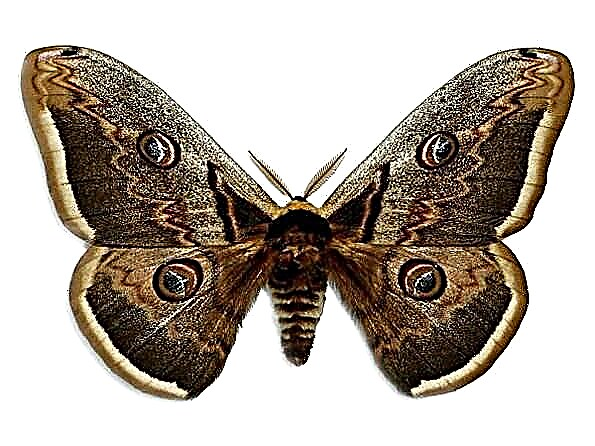
The taste organs of many diurnal butterflies are located on their front legs, so that it is enough for them to step on the food to feel its taste. Many nocturnal moths have hearing organs located on the abdomen - with their help they can hear ultrasounds emitted by hunting bats, which allows them to escape. But the most beautiful of all the senses is the sense of smell. The male peacock-eye pear with its feathery antennae is able to smell the female at a distance of 12 km, determine the direction and find it by changing the concentration of odorous substance.
Butterfly development
Butterflies are insects with a complete transformation, that is, they are characterized by all stages of development: an egg, a larva, a pupa and an adult (adult insect). Butterfly larva is called a caterpillar. Their color can be as varied as that of adult butterflies, but more often it is cryptic (camouflage). Therefore, the caterpillars are perfectly masked on fodder plants. If the caterpillar feeds on poisonous plants, then it usually has a warning color.
Disguise
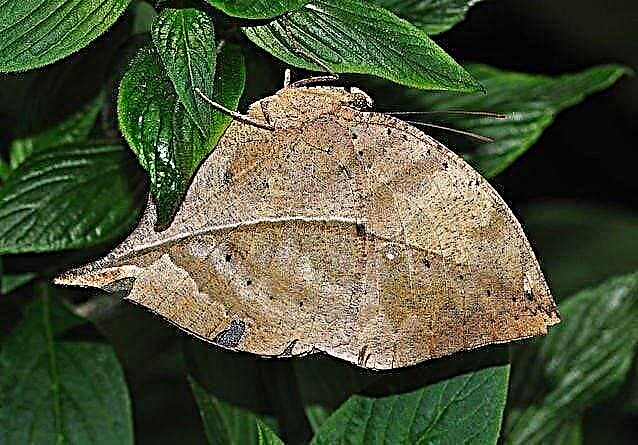
Many caterpillars are able to take the form of twigs, knots, dried buds. Some can copy snakes, and very successfully: inflate the front of the body, spots on the sides resemble eyes, and outgrowths near the head look like a forked tongue. Other caterpillars are completely covered with long, hard hairs that break off easily and can cause skin and respiratory tract irritation. Instead of coloring and poisonous hairs, some caterpillars create a disguise around themselves: they glue leaves, build a spider web with twigs, pieces of bark, straws woven into it and spend their whole lives in this shelter.
Caterpillars
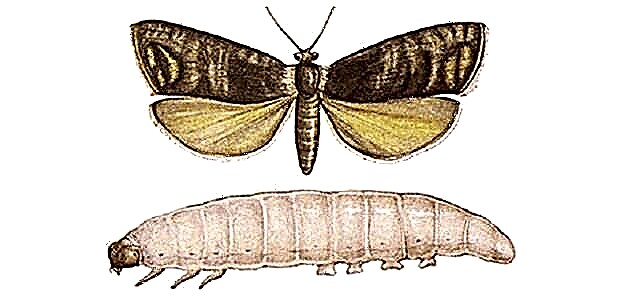
The main goal in the life of a caterpillar is food. They eat, as a rule, the green parts of plants, the richest in nutrients. Others eat fruits sitting inside them, such as, for example, the well-known apple moth. And some have adapted to eat wood, wool and even wax.
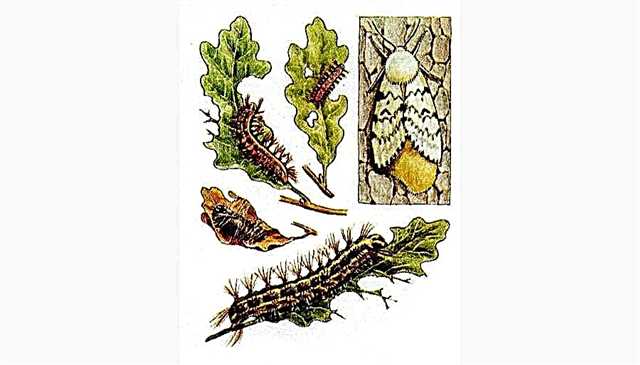
Caterpillars eat a lot. Their body weight can increase 50,000 times. Since the lining of the body of the caterpillar does not stretch well, the larvae molt several times during life, completely discarding the old skin. Some caterpillars can feed on only one particular plant species, others on a variety of plant species, such as unpaired silkworms or the American white butterfly, which can eat leaves of more than 300 species of trees and shrubs. Many caterpillars are capable of secreting a web of protein in their mouths.Some do this in huge quantities, weaving a cocoon of silk or coarser fibers - schesuchi. Since ancient times, man has been growing silkworm caterpillars to obtain silk thread. The cocoon, made by a caterpillar, weaves, and a thin silk thread is obtained up to 1.5 km long.
Nowadays, butterflies are bred not only for silk. The population of many tropical countries lives by breeding the largest and most brightly colored species for the manufacture of various crafts, paintings, panels of wings, boxes of dried butterflies. The auction value of some rare specimens can reach several thousand dollars. But most of the butterflies sold continue to be caught in nature, which, together with constantly decreasing natural habitats, leads to a decrease in the number of these beautiful and often useful insects.





